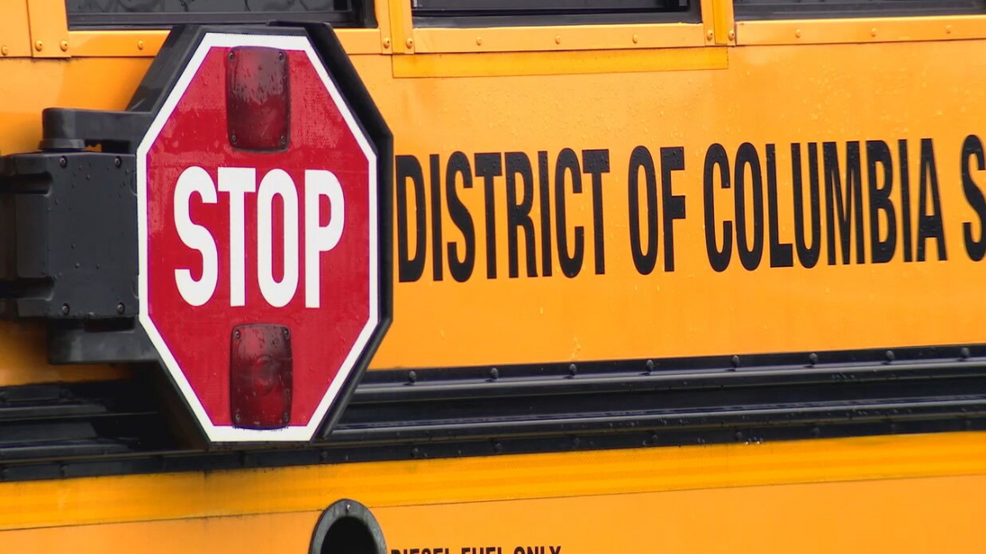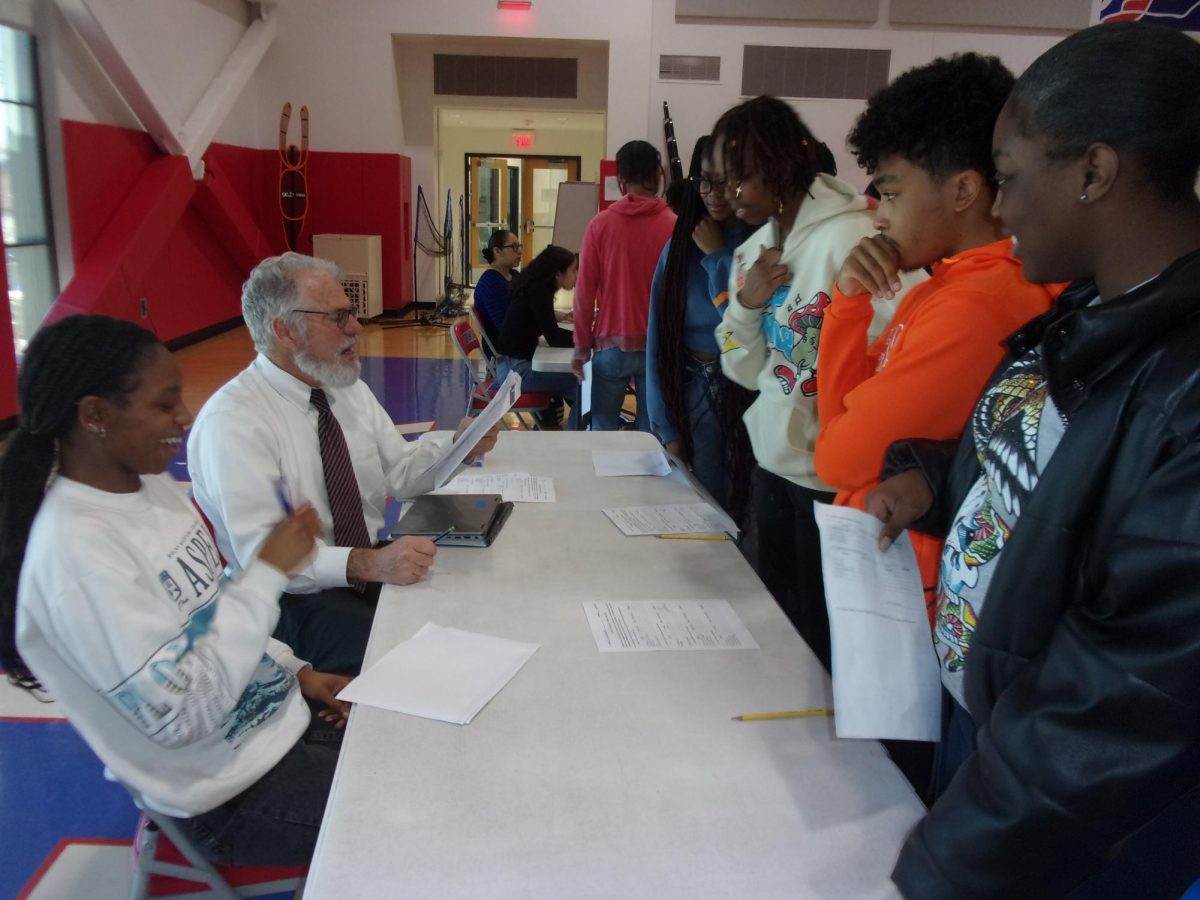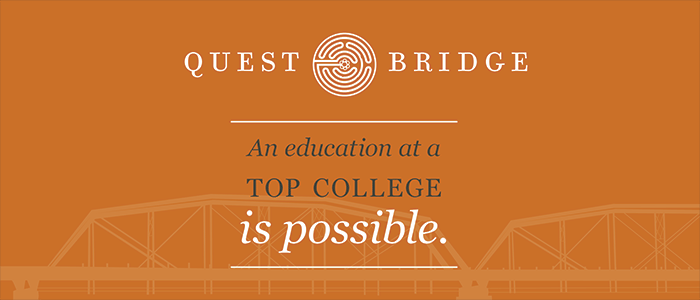SEL stands for social emotional learning, and is a plan that helps students to better understand their emotions, to feel those emotions fully, and demonstrate empathy for others. Returning back to school in person created changes in the Banneker schedule as SEL time was included in the school year 2020-2021. SEL time was after lunch and was only for 15 minutes. During the SEL time students would be instructed to stay silent during the 15 minutes and no one was allowed to be doing anything related to schoolwork. However, SEL wasn’t available for that much time as it was removed from the schedule and wasn’t really effective within students as the time was limited.
Personally, I envisioned SEL to be more than just silent time, where students can interact with each others and learn how to cope with stressors and emotions that are difficult to deal with. Banneker should have a variety of activities for SEL time for its students such as check-ins, show-and-tell, discussions, and games that can all make a positive effect towards mental and emotional health.
Should Banneker bring back SEL breaks and increase the time? Some students say yes. A senior student, Jaylin Solis, expressed that “SEL breaks would help your mental health 100% because as a school where it focuses on our academic achievements, oftentimes we put our academics first over our health and wellbeing.” They’re advocating for time off school-work so they can rest, recharge, and take care of their mental well-being. Other students say no. Another senior, Ziyah Prioleau, said, “No, even when we had a SEL break it was irrelevant and it will make me less motivated to get the work done in the instant because it contributes to my lack of time management and leads to procrastination.” They worry that students will take advantage of the offer, or be negatively affected by taking time off.
Here are three ways SEL time can benefit students’ mental health and overall performance in school and outside of school.
- Improve academic performance: SEL for high school students improves academic performance by helping students develop the skills and competencies needed to manage their emotions, work effectively with others and set goals. Students who participate in SEL programs tend to have better academic performance, higher grades, and higher graduation rates than their peers who do not participate in such programs.
- Better mental health: SEL leads to better mental health because it helps students to develop coping skills, emotional regulation, and problem-solving skills. SEL time helps students to manage their stress and anxiety levels and those who participate in the program are better equipped with enough resources to handle mental health issues.
- Better decision making: SEL can help students to develop critical thinking and problem-solving skills. The program teaches students to evaluate situations, consider alternatives, and make thoughtful decisions based on their values and goals. Having the skills to make good decisions allows students to navigate complex social situations and make positive choices.
Overall, SEL is essential for high school students at Banneker because it can help them develop the skills and competencies needed to manage their emotions to succeed in school and in life. SEL shouldn’t just be 15 minutes of silence, instead there should be different types of activities that can engage students to move away from school-related stress. Such as emotional check-ins, practice with coping strategies, and sharing of positive affirmations. By implementing SEL again into our schedule, students will be provided with the opportunity to better cope with emotional stress from school work.















